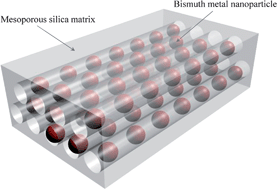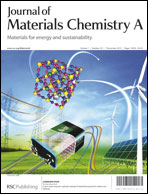Bottom-up solution chemistry approaches for nanostructured thermoelectric materials
Abstract
Despite recent progress in the development of the thermoelectric power factor, improvement in the efficiency of thermoelectric materials remains limited. Over the past decade, almost all the significant advances have been made by the development of nanostructured materials. Both theoretical studies and experimental results bring out three main avenues of research for optimizing the engineering of these materials: (i) quantum confinement, (ii) phonon-blocking/electron transmitting and (iii) electron filtering barrier structures. The optimization of one or several of these parameters is dependent on the design of the materials that are very complex to synthesize and, for this reason, many of the studies remain merely of theoretical interest. A material allowing the optimization of all of these parameters is thus proposed. It is based on a nanostructured material (starting from a mesoporous matrix), within which it is possible to control the size and spacing of nanoparticles. In addition, some confined bismuth nanoparticles in this type of structure transform to a cubic phase, making it possible to avoid orientation problems related to the effective masses.


 Please wait while we load your content...
Please wait while we load your content...